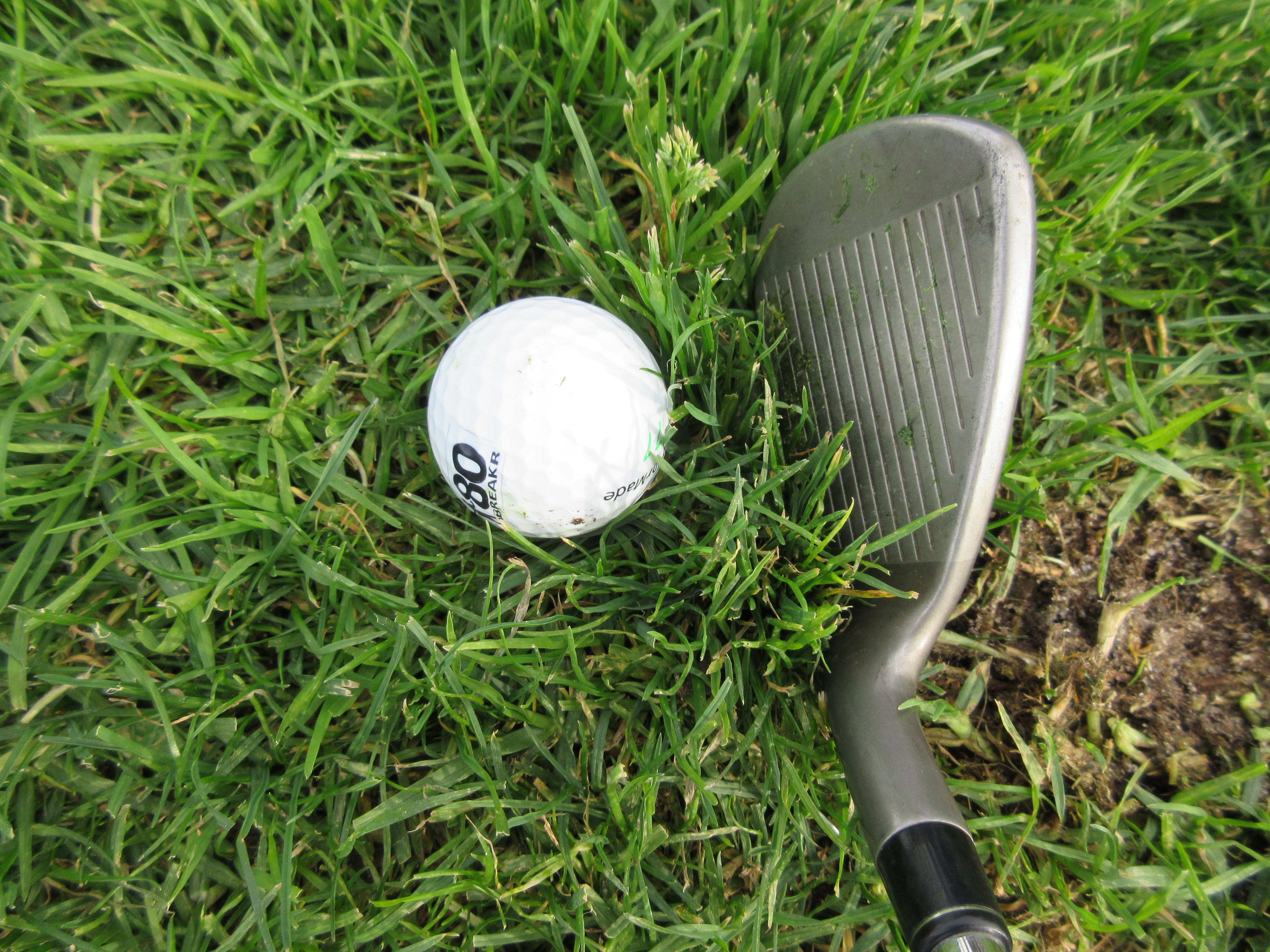“Deep Practice”, not mindless buckets of balls
I was reading the book Outliers: The Story of Success by Malcom Gladwell, and came across a reference about how it takes 10,000 hours to acquire a high skill level. It was both disappointing and discouraging regarding my golf game. “Excellence or true expertise at performing a complex task requires a minimum level of practice (or preparation) which is believed to be ten thousands [sic] hours.” Basically, the premise is there’s no magical secret thing called talent or ability that certain individuals have naturally and the rest of have no chance to acquire. That’s the good news! Tiger Woods worked HARD and LONG as a kid to reach his level of expertise. The bad news? Amateurs would naturally not be able to practice each shot or group of golf shots for 10,000 hours.
But there’s the rub, there ARE amateurs that are very good golfers that score well. There was a reference to The Talent Code: Greatness Isn’t Born. It’s Grown. Here’s How. by Daniel Coyle that went into details about this idea of 10,000 hours, so I read it. Here are some highlights:
- “when we practice swinging that bat or playing that note— our myelin responds by wrapping layers of insulation around that neural circuit, each new layer adding a bit more skill and speed.”
- “Skill is a cellular insulation that wraps neural circuits and that grows in response to certain signals.”
- “get better by gradually improving timing and speed and accuracy, by honing neural circuitry, by obeying the rules of the talent code— in short, by growing more myelin.”
- “found a way to increase their learning velocity— and like her, they are barely aware of it. I call this kind of training deep practice”
- “You experienced a microsecond of struggle, and that microsecond made all the difference. You didn’t practice harder when you looked at column B. You practiced deeper.”
- “We think of effortless performance as desirable, but it’s really a terrible way to learn,” said Robert Bjork
- “Skill is myelin insulation that wraps neural circuits and that grows according to certain signals. The story of skill and talent is the story of myelin.”
“Q: Why is targeted, mistake-focused practice so effective?
A: Because the best way to build a good circuit is to fire it, attend to mistakes!, then fire it again, over and over. Struggle is not an option: it’s a biological requirement.”
- “Definitely Tiger Woods,” Fields said. “That guy’s got a lot of myelin.”
Here is how they describe “Deep Practice”:
“The trick is to choose a goal just beyond your present abilities; to target the struggle. Thrashing blindly doesn’t help. Reaching does. “It’s all about finding the sweet spot,” Bjork said. “There’s an optimal gap between what you know and what you’re trying to do. When you find that sweet spot, learning takes off.”
So there it is! We certainly won’t reach professional golf level as amateurs, but we can improve our practice, we can use our golf swing neural circuitry and make minor adjustments in the 100’s of thousands of neural connections and strengthen them with myelin and deep practice. We can measure our weaknesses with the 80BREAKR app’s game improvement feature, get some professional instruction and then use deep practice to improve. I believe Coyle, it seems reasonable. Talent isn’t some magic quality only a few have. Go create the skill you want!

